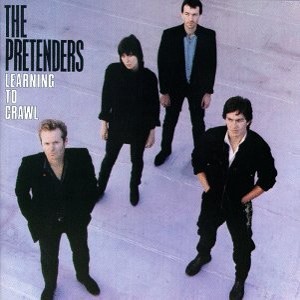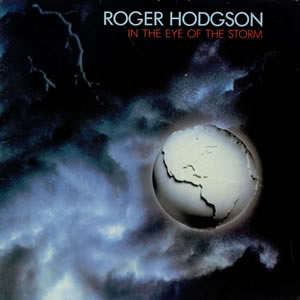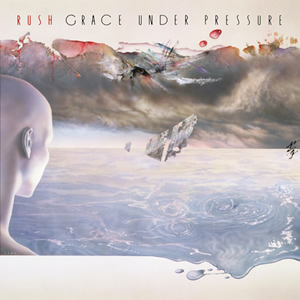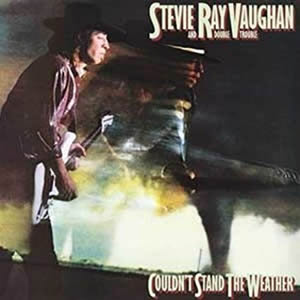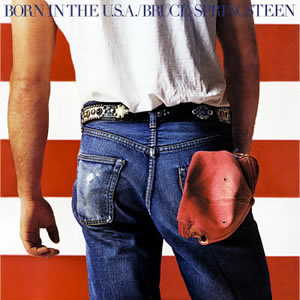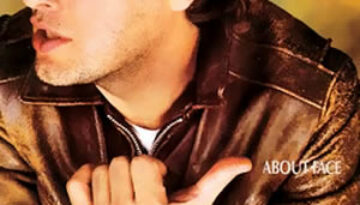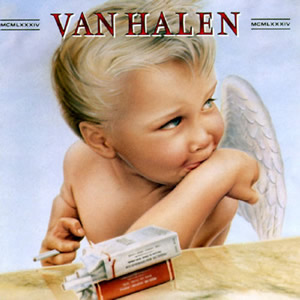Learning to Crawl
by The Pretenders
Buy Learning to Crawl Following a very tumultuous period where two band members lost their lives due to drug overdoses, Learning to Crawl, was a bit of an early career comeback album for […]

